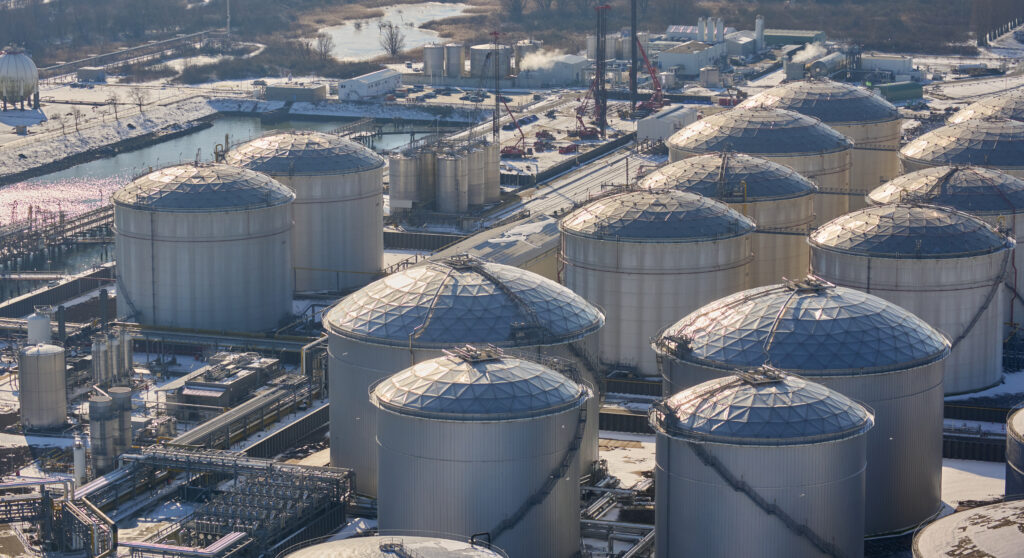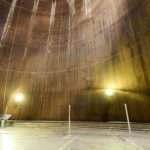Aluminium is known as durable and highly compatible with many products. This is what makes it an attractive engineering material. Its light weight is perhaps the most well known characteristic of aluminium. With a density of 2.7 x 103 kg/m3 the weight is approximately 35% of that of steel. This feature together with other characteristics such as corrosion resistance, conductivity and tensile strength has led a wide range of applications for its use.
CORROSION RESISTANCE
Aluminium has a good resistance to corrosion. This is attributable to a thin oxide film which forms and protects the metal from further oxidation.
Aluminium is highly resistant to weathering, even in industrial atmospheres which often cause corrosion in other metals. In general direct contact of untreated aluminium with alkaline substances should be avoided as this attacks the oxide skin and therefore can be corrosive to aluminium. Anodised aluminium however can be very suitable in these applications. Some alloys, particularly the high strength alloys, are less resistant to corrosion than others. Such alloys can be further protected by a variety of surface treatments or by cladding the exposed surface with a thin layer of an appropriate aluminium alloy. Generally speaking Aluminium is a perfect construction material for roofs in industrial applications, especially grade 5052 that we use as a standard
ELECTRICAL CONDUCTIVITY
Aluminium is one of the common metals having an electrical conductivity high enough for use as an electrical conductor. The conductivity of the electrical conductivity grade is approximately 27mΩ/cm (62% of IACS). Because aluminium has less then one third the density of copper, an aluminium conductor of equal current carrying capacity is only half the mass of a copper conductor. Therefore Aluminium is considered to be an excellent material for lightning rods. An aluminium structure therefore does not have to be additionally protected against lightning strikes.
REFLECTIVITY
The high reflectivity of aluminium which is over 80% has led to its wide use in lighting fixtures. These reflectivity characteristics lead to its use as an insulating material For example, aluminium roofing reflects a high percentage of the sun’s heat so that buildings roofed with aluminium are cooler in summer. In the same way, the excellent reflecting properties of aluminium ensure that buildings roofed with this material are warmer in winter. An aluminium dome roof therefore keeps the temperature in the tank more constant when compared to steel roofs.



